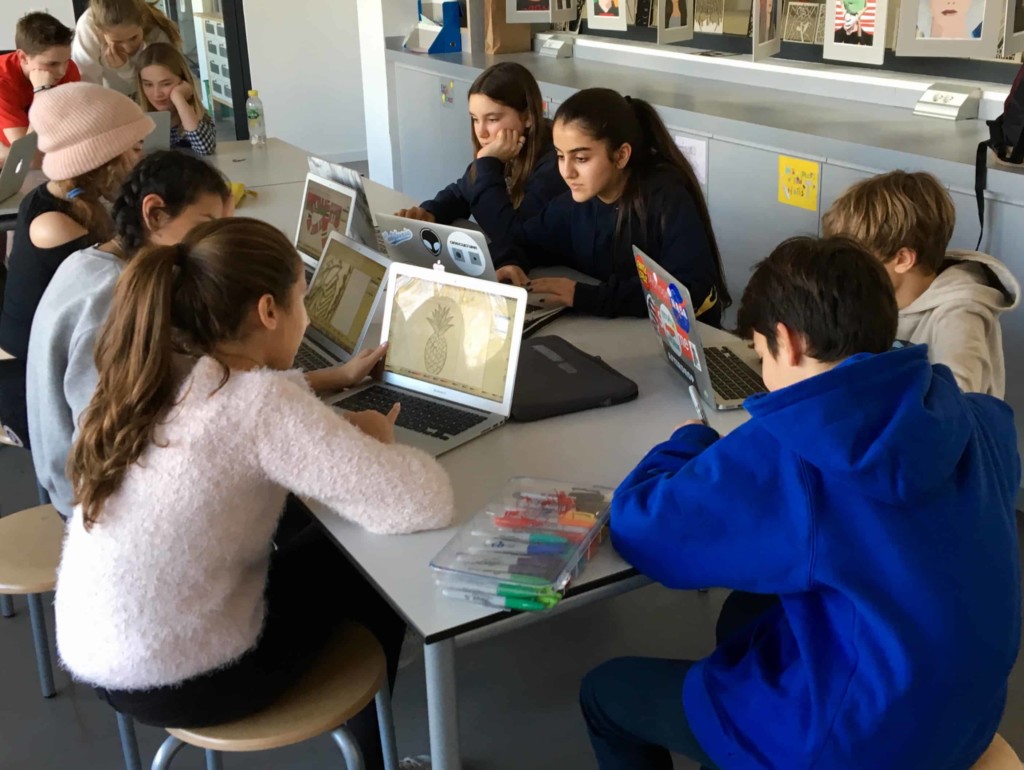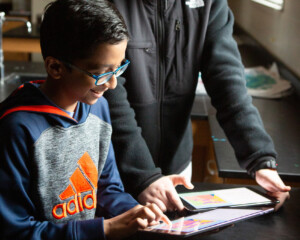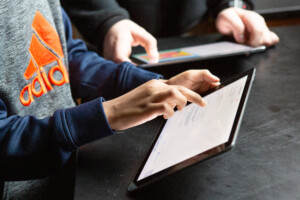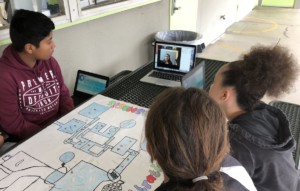How and Where EdTech Will Help

Several HigherEd studies have suggested that laptops depress learning. Based on the evidence, some professors have subsequently banned laptops. But these ridiculous studies consider laptops in lecture halls. It’s like trying to study motorized horses–maybe you do it but why would you want to? Innovative programs like Minerva have banned lectures rather than laptops. The Minerva team started with a blank sheet of paper and constructed a new university based on learning science and the opportunity platform of new technology.
This example points to the shortcomings of the “tech as a tool” mantra. When we add new tech to old practices we shouldn’t expect step-function improvement. We may, as the studies suggest, even depress current results.
The real opportunity is to ask the design thinking question, “How might we?” EdTech allows us to consider new possibilities: new learning experiences, new assessment strategies, new developmental sequences, new locations and schedules, and new partnerships.
Why Baumol Was Right
Some sectors just don’t lend themselves to productivity improvement. That was the conclusion reached in 1966 by William Baumol (and co-author William Bowen) in a study of the performing arts. Now called the Baumol effect, education has been one of the professions where technology was not likely to stretch staffing patterns and boost labor productivity.
The primary reason Baumol was right when it comes to education is that relationships matter. Other than a few autodidacts, learning for most of us is motivated by relationship and grows in community. EdTech can add some flexibility but relationships take time and ratios are not likely to stretch much.
We’re also just beginning to understand the uniqueness of each learner and their context variables (e.g., see factors impacting reading). It will be a long time before smart machines empathetically understand learners and the factors that influence their motivation and performance. That means teaching ratios aren’t likely to change anytime soon. In fact, the option-rich future is likely to require more time with advisors not less.
In the last thirty years, we’ve compounded Baumol with bureaucracy, adding as many out of the classroom roles as teaching positions—an opportunity for tech-driven efficiency (see 12 service delivery opportunities).
Our recent study of school networks suggests they can help design, pilot, and scale innovative learning models (a much better idea than assuming that every school will figure out personalized learning on their own). Networks that share learning models, platform tools and professional learning experiences may also help deliver some back-office efficiencies.

Smart tools will be game changers not in and of themselves, but by enabling a sequence of powerful learning experiences–and those are most likely to occur in the context of a coherent school model.
Jobs to be Done–And How EdTech Can Help
EdTech can be helpful (and will help) in five fundamental ways.
Customization
- Formative assessment systems help teachers adjust tasks for groups of learners. Adaptive learning systems automatically adjust the learning level and pathway for every student.
- Learner profiles will inform machine learning algorithms that will queue or recommend the next best learning experiences.
- Smart authoring tools with help learners and teacher pack projects with important learning targets (e.g., after scanning a profile and competency map, a recommendation engine suggests addition of a statistical analysis to a project).
- A tailored sequence, maximizing level and interest, should boost learning productivity (i.e., more learning per hour of engagement).
Motivation
- Thoughtful uses of technology can boost student motivation by boosting production capacity, increasing voice and choice, and offering immersive experiences and environments.
- Adaptive and gamified reading and math learning systems provide tailor learning levels and build motivation with frequent feedback.
- Automated writing feedback systems provide immediate six trait feedback and support a culture of revision.
- With smart project authoring tools, students will have more voice and choice in assignments while developing and demonstrating required competencies.
- More engaging assignments and more and better feedback will boost student motivation and lead to more hours of engagement.
Equalization
- If systems provide equitable access to tools (devices, broadband, support) it narrows the digital divide.
- Accelerated skill development before and during challenging project-based work allows struggling students to participate and contribute.
- If systems provide weighted funding, students with higher risk factors receive expanded access to in and out of school learning opportunities and supports.
- Personal, frequent, tailored instructional feedback should accelerate progress especially for struggling learners.
- Expanded online options can include world languages, dual enrollment, and electives.
Contribution
- Free tools enable collaborative authoring with students sitting at the same table or a world apart.
- Every year it becomes easier to build apps and launch campaigns.
- Open machine learning tools allow young people to interrogate large data sets expanding their ability to contribute to local and global solutions.
Portability
- With better interoperability (after we get vendors off of reliance on business models based on ownership of item-level data) will allow teacher and learners to combine feedback from multiple sources to guide learning and mastery judgements. This will improve learning and portability.
- Blockchain credentials and transcripts will make it easier to build and share comprehensive capabilities summaries.
- Where funding is portable, blockchain will facilitate a wide range of learning options and transactions.
Unlike consumer internet technology, few if any of the benefits of new tech are realized directly by learners independently. Learning innovations require inspiration, intermediation and incubation. The tech creates new possibilities, but educators design and facilitate those experiences.
For more see:
- Minerva: The Intentional University
- Integrated Learning Propels Pittsburgh Students
- Montour Schools: Home of the Evolving Educators
Stay in-the-know with all things EdTech and innovations in learning by signing up to receive the weekly Smart Update.








0 Comments
Leave a Comment
Your email address will not be published. All fields are required.